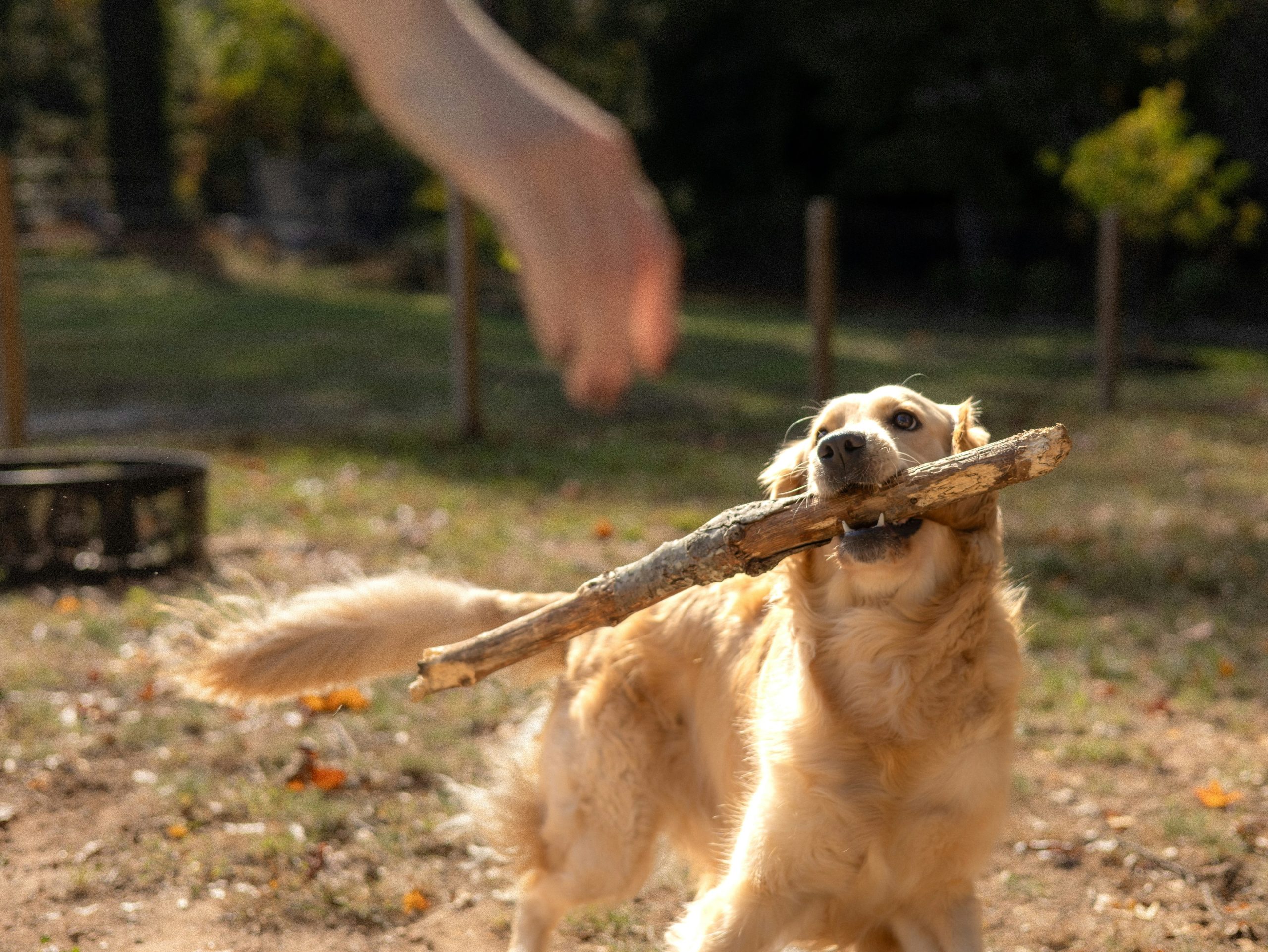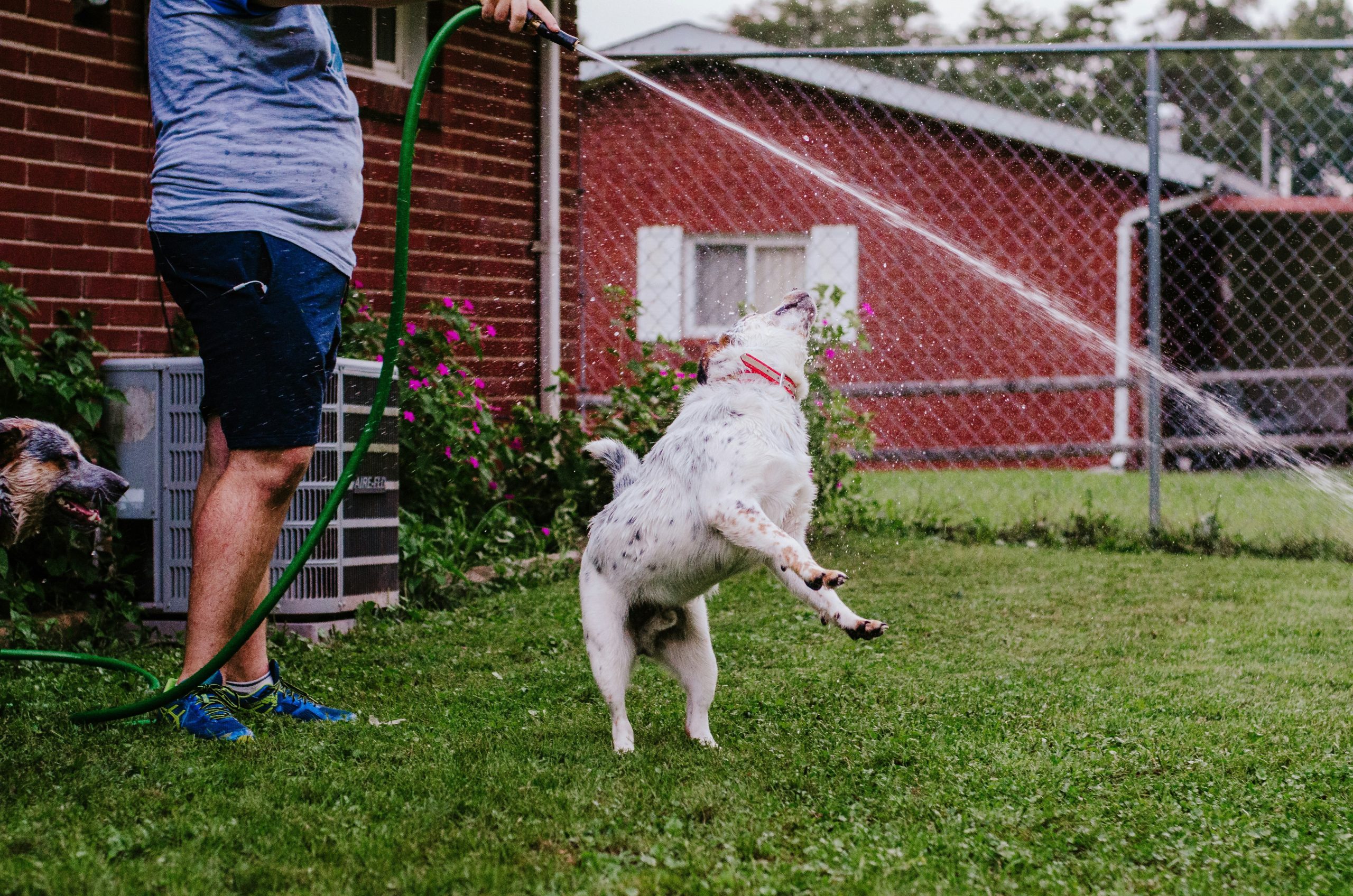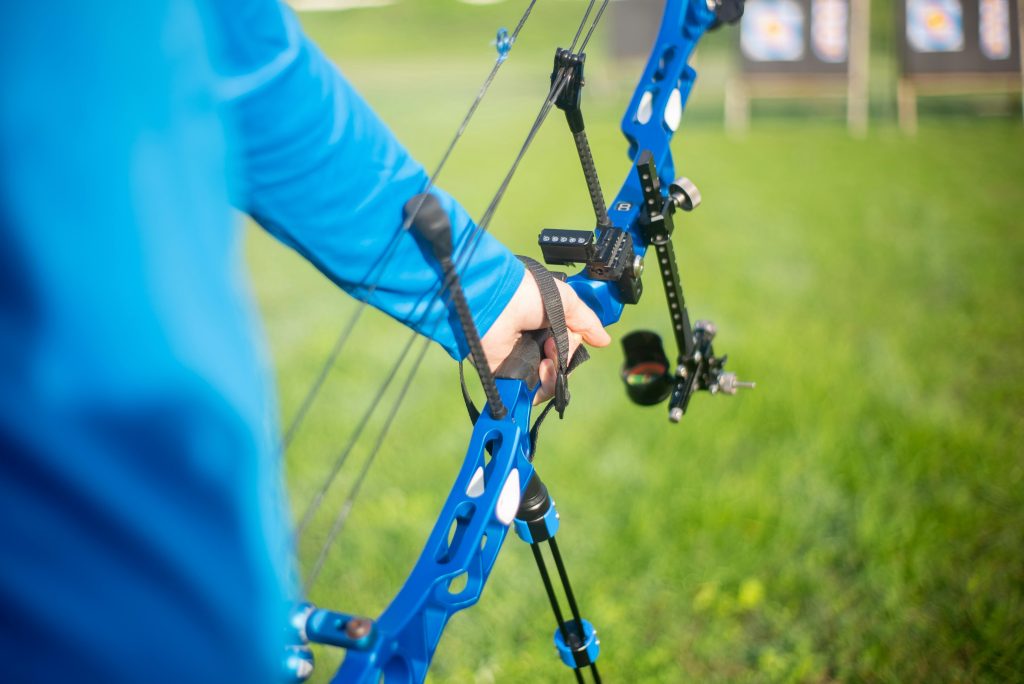Ever wondered how those perfectly trained pets in movies and shows nail their cues? Spoiler alert: it’s not magic—it’s target training for performances. You’re about to discover how teaching your furry friend to follow a “target” can turn them into the showstopper of any performance.
In this post, we’ll break down what target training is, why it’s so effective, how to do it step-by-step, and tips to avoid common rookie mistakes. By the end of this guide, you’ll have all the tools you need (and some quirky easter eggs) to train like a pro. Let’s dive in!
Table of Contents
- Key Takeaways
- What Exactly Is Target Training?
- How to Master Target Training for Performances
- Pro Tips for Smooth Sailing
- Success Stories in Action
- Frequently Asked Questions
Key Takeaways
- Target training teaches pets to touch or follow a specific object—a powerful tool for performances.
- Patience and consistency are non-negotiables; shortcuts only lead to chaos.
- The right rewards make all the difference—no boring kibble here.
- Even the simplest errors can derail progress, but they’re fixable with practice.
What Exactly Is Target Training?
Picture this: You’re holding a stick with a ball on one end, and your dog paws at it mid-air during an agility routine. That’s target training in action. This method involves teaching animals to interact with a designated “target,” such as a stick, hand signal, or even a mat.
Why does it matter? Target training lays the foundation for advanced tricks and behaviors without overwhelming your pet. It enhances communication between you and your animal companion, making complex moves feel natural over time. But beware—starting without a solid plan is like trying to bake cookies without flour. Disaster awaits.

Rant Break: The Overlooked Art of Preparation
Here’s my confession. Early on, I tried skipping steps because I thought my dog was *obviously* a genius. Spoiler: He wasn’t. Turns out, rushing through foundational commands leaves both parties confused and frustrated. Don’t let FOMO ruin your process—slow and steady wins the treat jar every time.
How to Master Target Training for Performances
Step 1: Choose Your Target
Your first task is deciding what your pet will target. Common options include:
- A wand or stick topped with a colored marker.
- Your palm or finger.
- A clicker combined with hand signals.
Pro tip: Keep the target distinct from other props so your pet doesn’t get mixed messages. Nobody likes a blurry script direction.
Step 2: Reward for Interaction
Holding the target near your pet, wait until they glance at or sniff it before rewarding them immediately. Repeat until curiosity turns into consistent interaction.
Step 3: Add Motion
Once your buddy gets the hang of touching the target, start moving it around slowly. Encourage them to follow. Think of this phase as choreographing baby steps. Celebrate small victories along the way.
Step 4: Introduce Cues
Pair the behavior with verbal commands like “touch” or “focus.” Consistency is key. And remember, grumpy trainers get nowhere—keep it fun!
Pro Tips for Smooth Sailing
- Use High-Value Treats: Bland snacks won’t cut it when learning new tricks. Opt for smelly, irresistible treats tailored to your pet’s preferences.
- Keep Sessions Short: Aim for 5–10 minutes max per session. Animals lose focus faster than humans scrolling TikTok.
- Stay Patient: Missing a cue once (or fifty times) isn’t failure; it’s part of the journey.
- Don’t Force It: If your pet seems disinterested or stressed, take a breather. Coercion kills creativity.
Success Stories in Action
Tina, a seasoned animal actor trainer, transformed her rescue pup Max into a viral sensation thanks to target training. At first, Max struggled to follow directions. But within weeks of daily practice—with lots of squeaky toys involved—he mastered following a stick across obstacle courses. Today? YouTube fame and endless belly rubs.

Frequently Asked Questions
Q: How long does it take to see results?
A: Typically, pets grasp basic targeting within 1–2 weeks if practiced consistently. Advanced techniques require more patience—think months rather than days.
Q: Can any pet learn target training?
A: Absolutely! Cats, birds, reptiles, and even rabbits excel at it. Just adjust the reward system based on individual motivators.
Q: What if my pet ignores the target?
A: Reevaluate the reward quality or try a different type of target. Some pets simply respond better to certain objects than others.
Conclusion
There you have it—the inside scoop on mastering target training for performances. With the right mindset, rewards, and plenty of patience, there’s no limit to what your pet can achieve. Whether aiming for stardom or just spicing up playtime, target training strengthens bonds and boosts confidence.
Optimist You: “Follow these steps, and watch your pet shine!”
Grumpy You: “But seriously, don’t forget coffee breaks while training. We’re rooting for success, not exhaustion.”
And now, a haiku to leave you inspired:
Paws meet shiny goals,
Click-click-treat dreams come alive,
Pets become legends.


